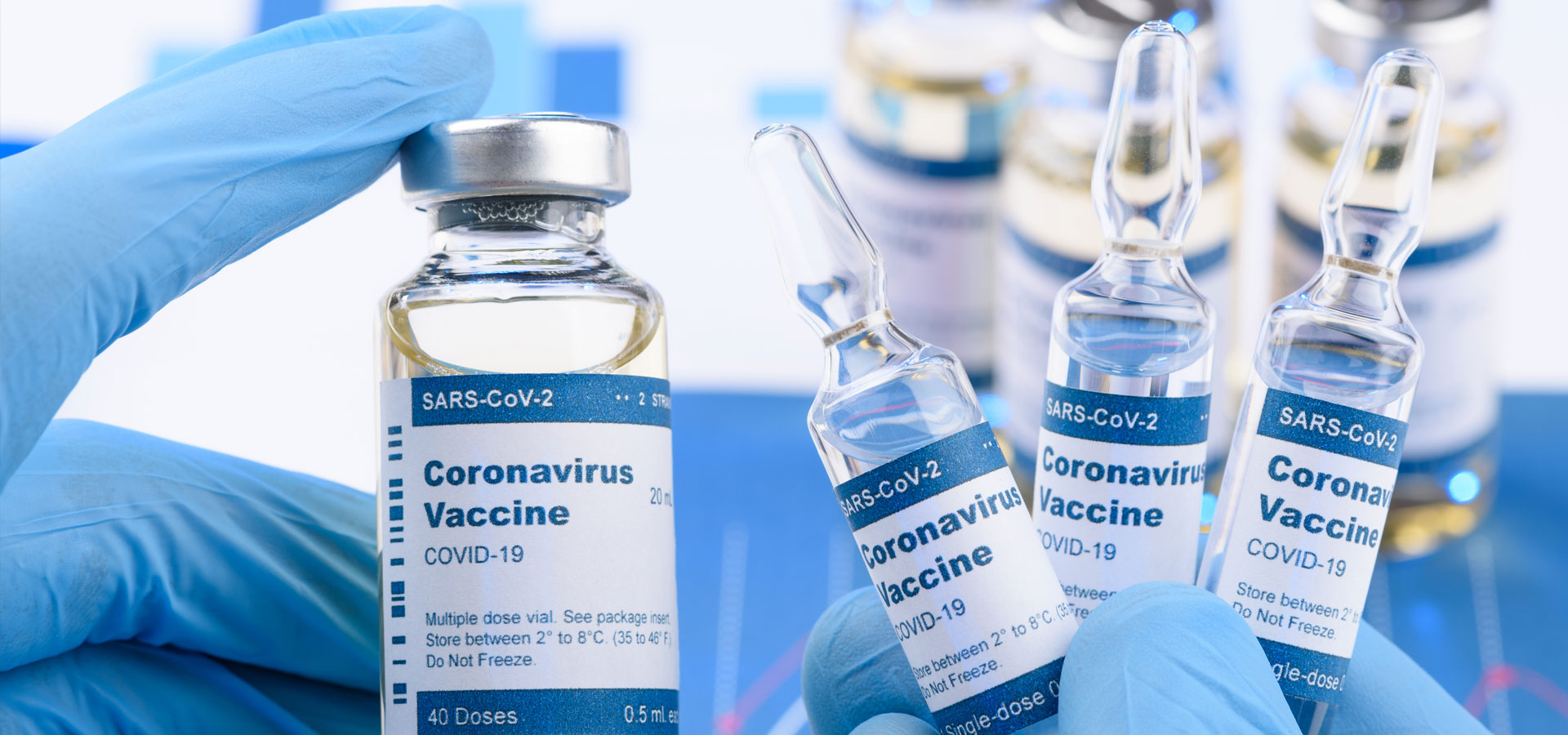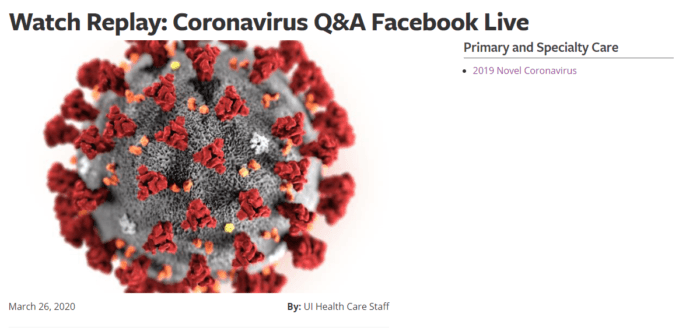If so, use these helpful tips to communicate expectations, benefits, and next steps internally while managing your organization’s reputation.
Managing the Mandate
Every state and health system are going to have people that oppose a COVID-19 vaccine mandate. When you prepare for the mandate, you’ll position yourself to have constructive and consistent conversations that help reduce protest in your area and raise vaccination rates. During a vaccine mandate, you need to:
- Use internal communications effectively so everyone knows what to expect
- Appreciate current efforts and safety measures already in place
- Manage morale by creating cohesion and avoiding shame
- Put local faces and stories to the statistics
- Make vaccines convenient and accessible
- Anticipate questions and create a safe place for them
Keep the Momentum
You’ve likely been communicating to your internal health care team about COVID-19 vaccinations and know what to address internally during a crisis. Continue making the most of your internal communication platforms to reduce vaccine hesitancy.
Getting internal buy-in is not always an easy task. Your team looks to you for guidance and information that applies to them. During a mandate, your team will want to hear directly from you on:
- Reasons for the mandate — Educate your team on why the mandate is happening. Emphasize the importance of the vaccine and how it is vital to ending the pandemic and protecting both staff and patients.
- Employee expectations — Address who is required to have the vaccine and why. Mention dates individuals need to be vaccinated by and what happens if they don’t meet the deadline.
- Who are the exceptions? — Be transparent about who doesn’t have to get the vaccine and why. Present the process that staff and employees will need to follow to apply for an exception waiver.
- What is the cost of non-compliance? — What are the implications if an employee does not get the vaccine? Can they continue to work for the organization? Explain what procedures nonvaccinated employees will need to follow.
- The facts — Ask your managers what common questions or concerns they’re hearing from their team and address them head-on by email or on the intranet.
- Community messaging — Manage your reputation as a local employer and health system by shaping the message you want to be heard. Share this message with your staff so that they know what to say if someone asks them about the mandate.
- Next steps — Share what your plan is during the mandate and beyond to help people process the complete picture of your organization’s plan.
Address Current Safety Measures
While a vaccine mandate might be the crucial next step, it’s essential to acknowledge that everyone is doing their best to keep the staff and community safe.
Celebrate the ways they’re helping prevent the spread of the coronavirus, such as:
- Adjusting visitor guidelines
- Cleaning and disinfecting objects and surfaces
- Getting the vaccine
- Offering virtual appointments when possible
- Practicing social distancing
- Washing hands
- Wearing masks
In your message about your organization’s current shield against COVID-19, inform people how requiring the vaccination will further your efforts.
Use Stories Instead of Statistics
When factual data isn’t driving change, try sharing your employees’ stories. Conveying emotion through storytelling is often a successful tactic to encourage someone to take action. When people hear how their coworkers have been affected, it hits close to home and humanizes the numbers.
Find employees who are willing to share their stories and help them be heard through your intranet, newsletter, social media, and content marketing hub.
Be the Example
Who are the people within your organization who hold a high level of trust? Who are highly visible or highly respected faces? Identify and use these influencers to help echo the importance of getting your health system’s vaccination rates up.
Train your influencers to be a person of trust and inspiration during the mandate. Take their picture and have them share their reason they chose to get vaccinated.
Create Cohesion
Consider offering an incentive to your team by setting a goal with a deadline. Display a pie chart in a common area or an easily accessible resource, like the intranet, that shows the total number of employees with vaccinations. Let people know if they hit your organizational goal by a specific date, they’ll earn a delicious treat or a small gift.
Like you do during the flu season, set clear expectations around who needs to be vaccinated and who is exempt. This will allow space for empathy and support rather than create peer pressure and division.
Avoid Shame
Retain your staff by providing a safe and convenient place to get vaccinated. Now that the Food and Drug Administration (FDA) approved the Pfizer-BioNTech COVID-19 Vaccine for 16 years of age and older, you may find more people are willing to step up and get vaccinated.
Spread awareness of the FDA approval and encourage people who haven’t yet to get their vaccination. Provide insight on where they can receive the vaccination and who they need to notify once they have it.
Allow Questions
Encourage people to go to their managers or human resource team if they have questions about how the mandate impacts them. When you invite employees to come to you, you’ll help ensure that your staff gets timely and accurate information.










